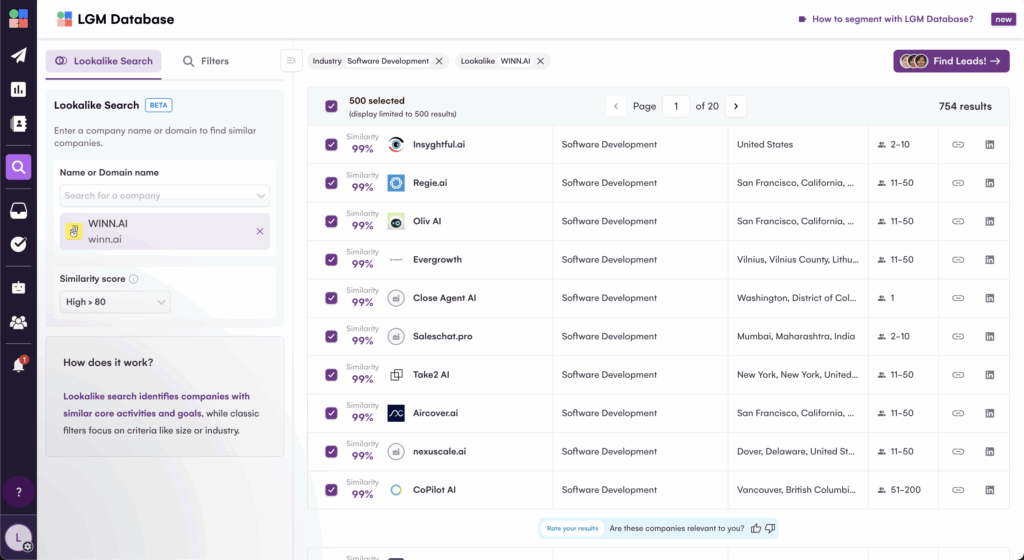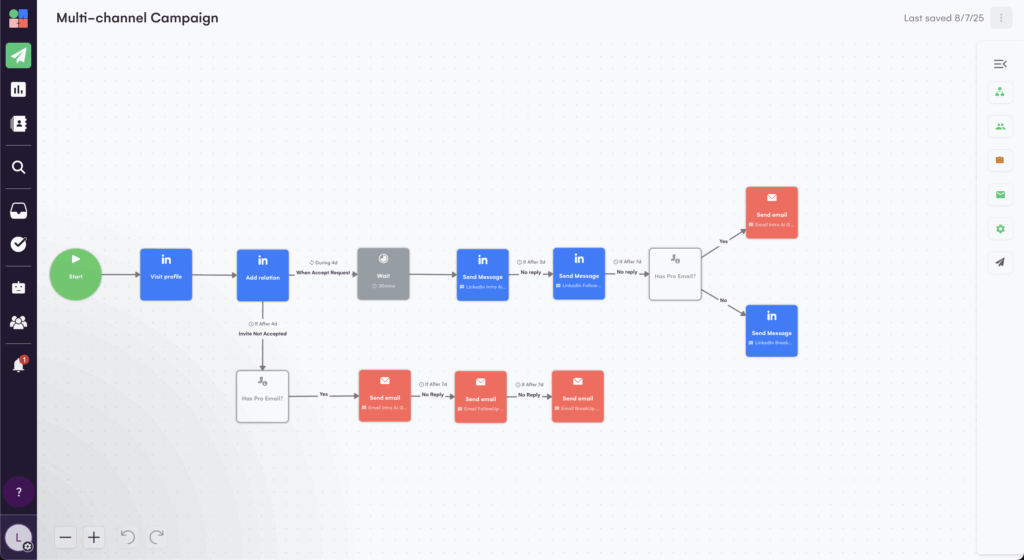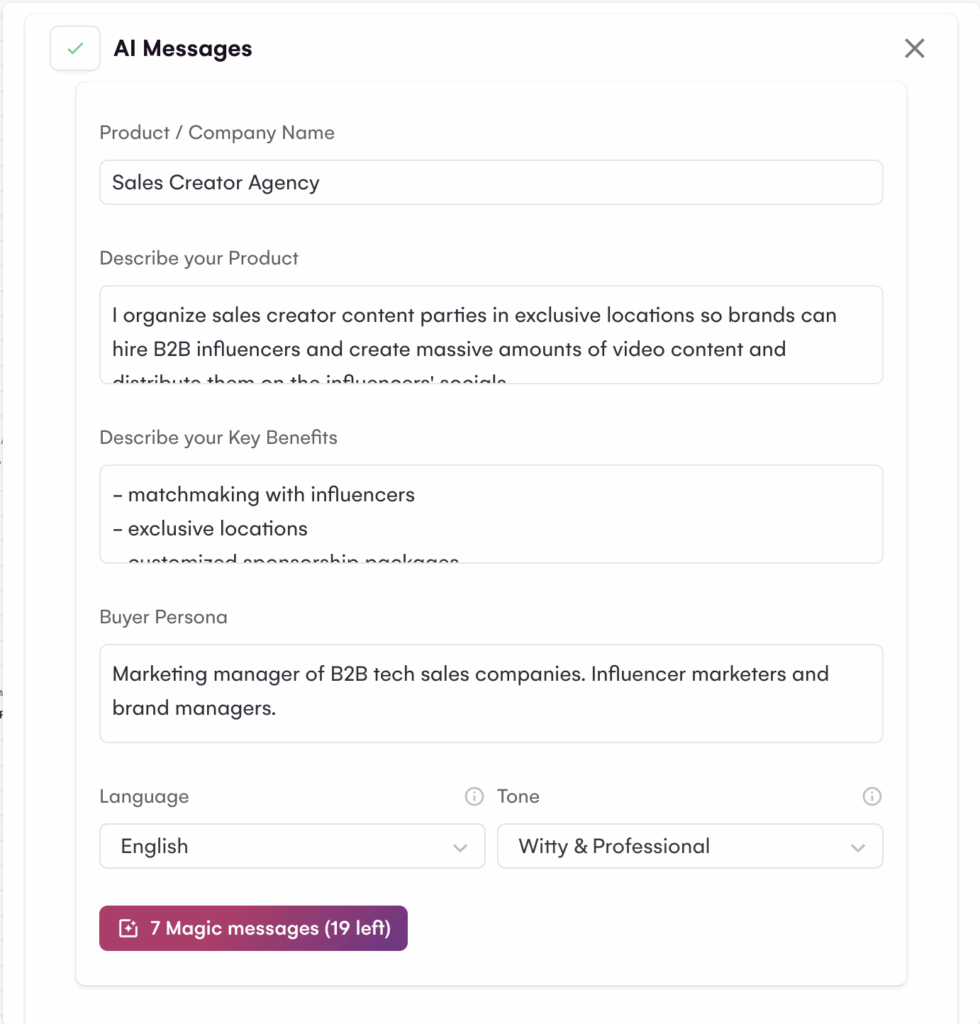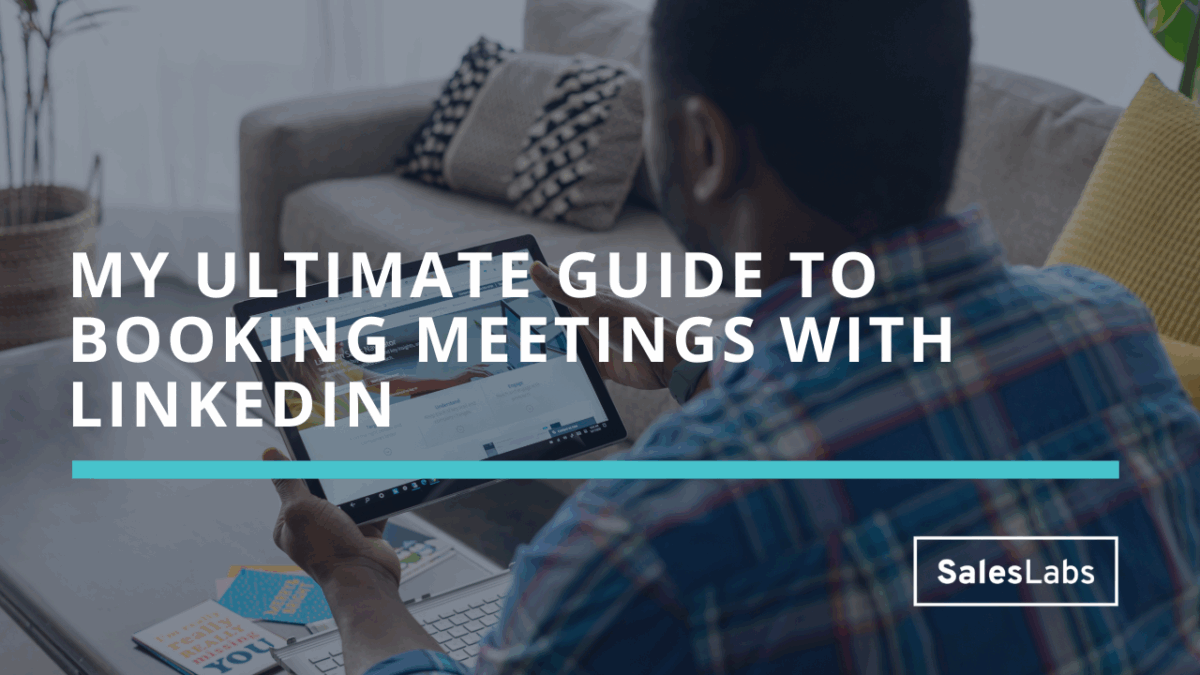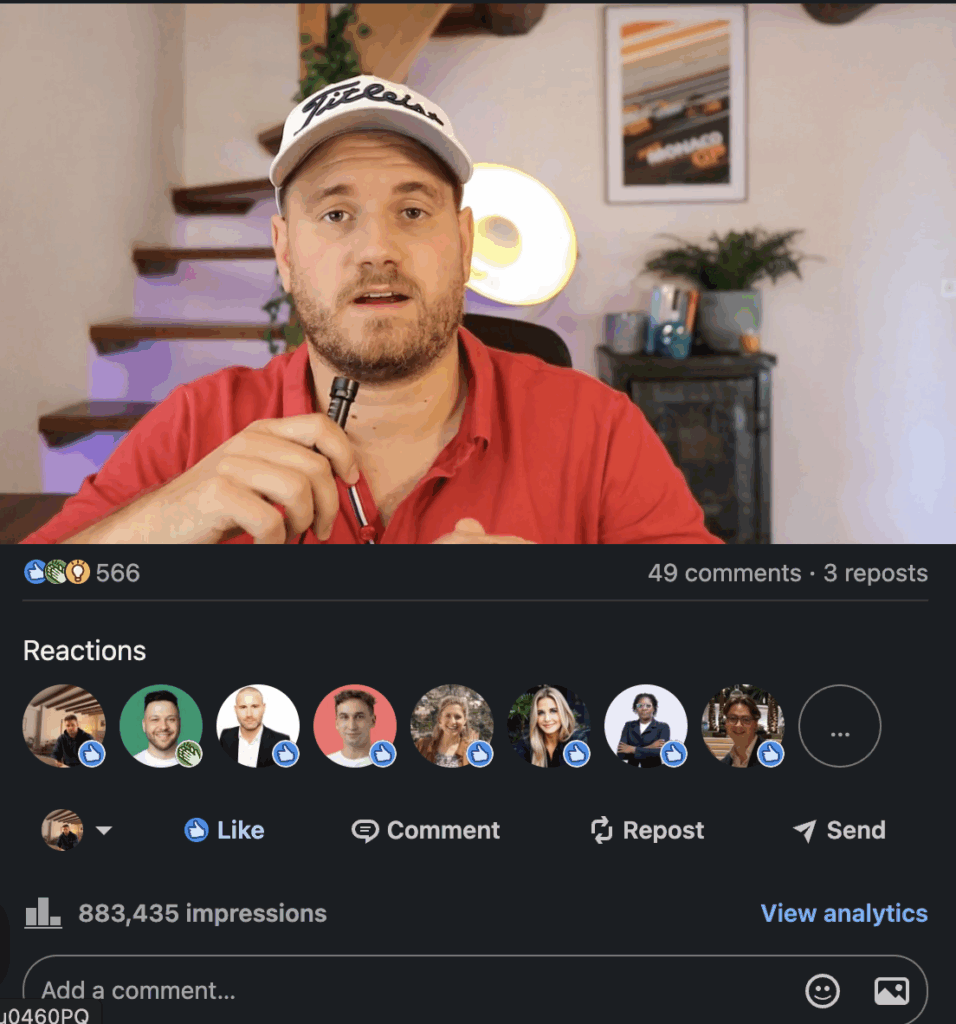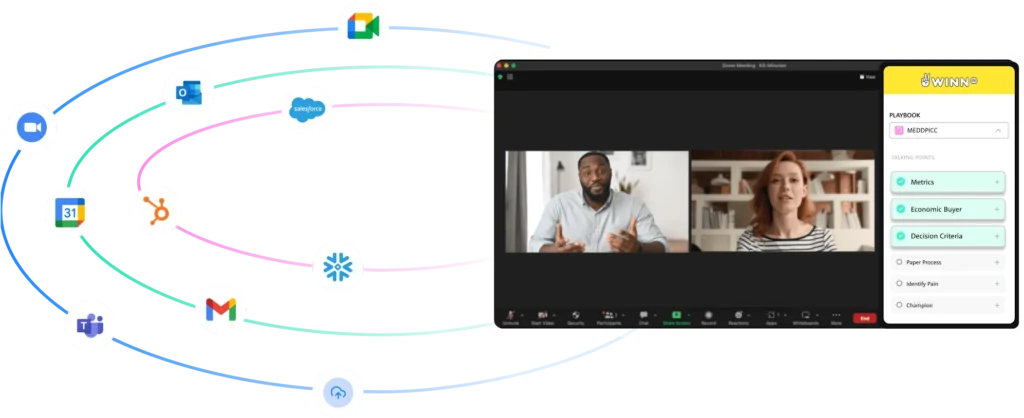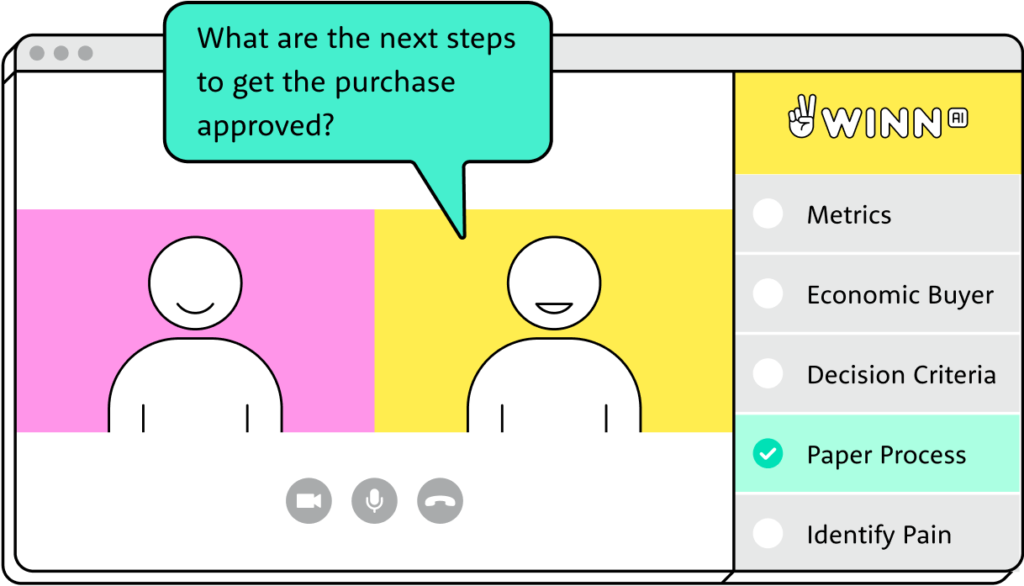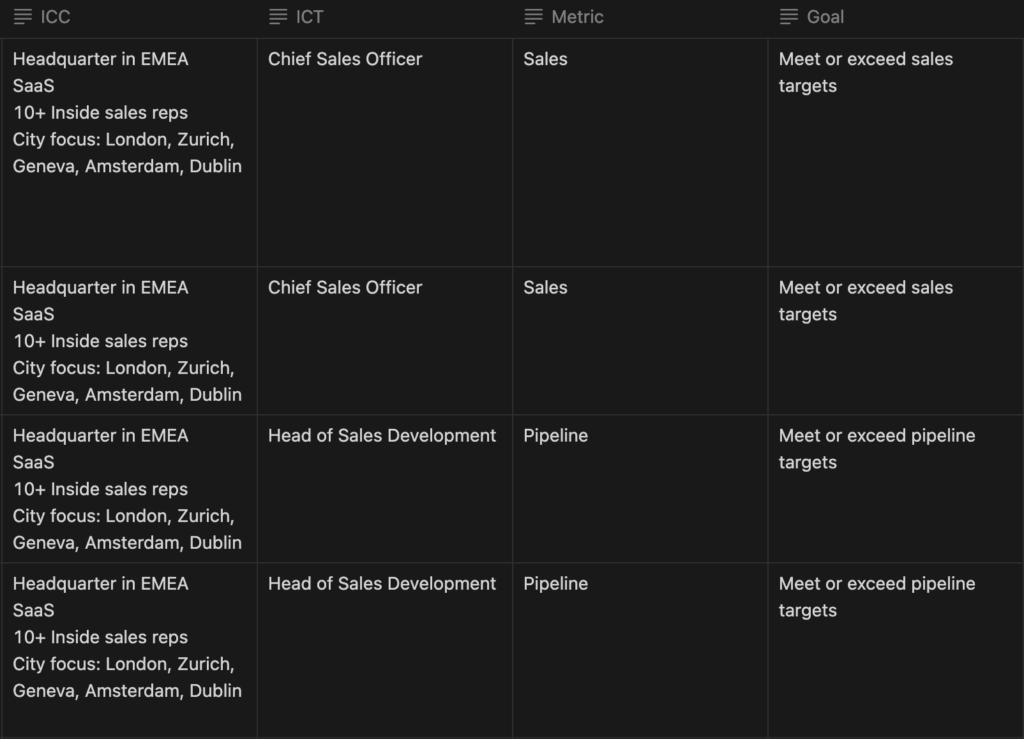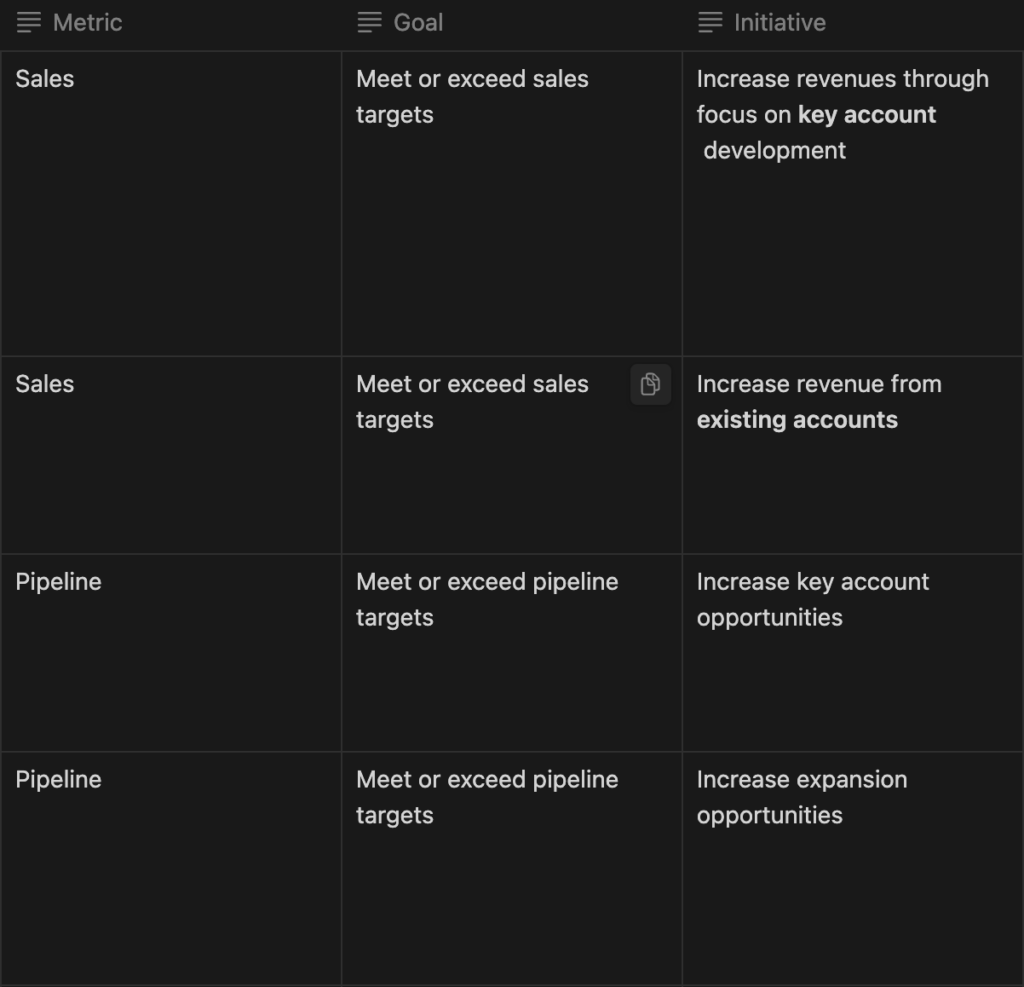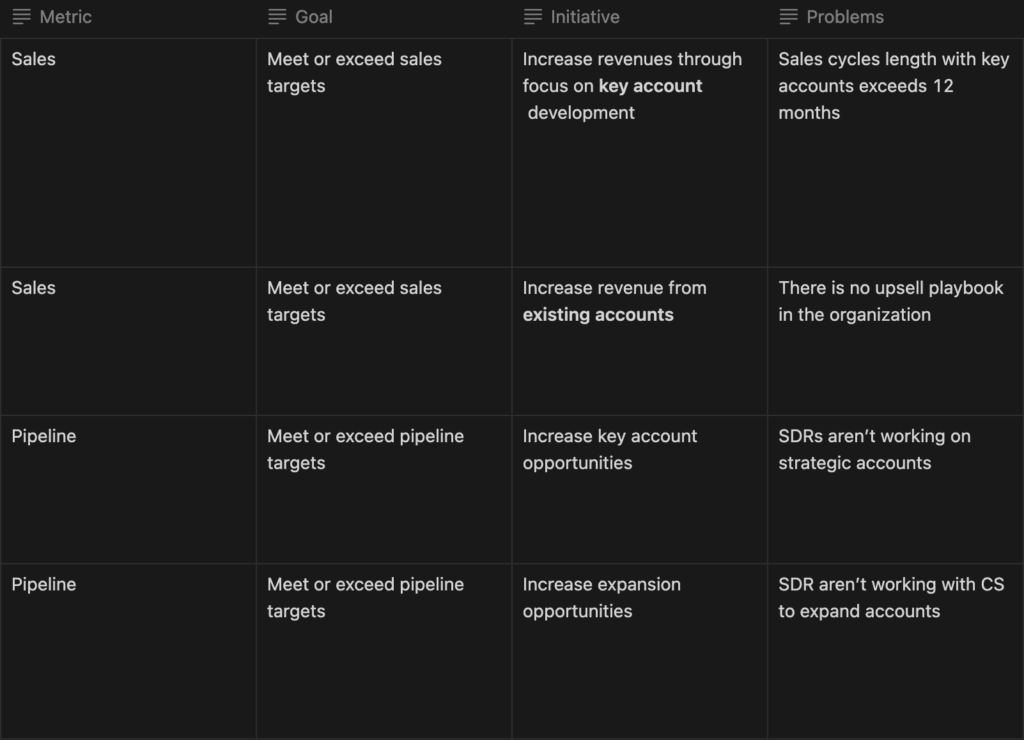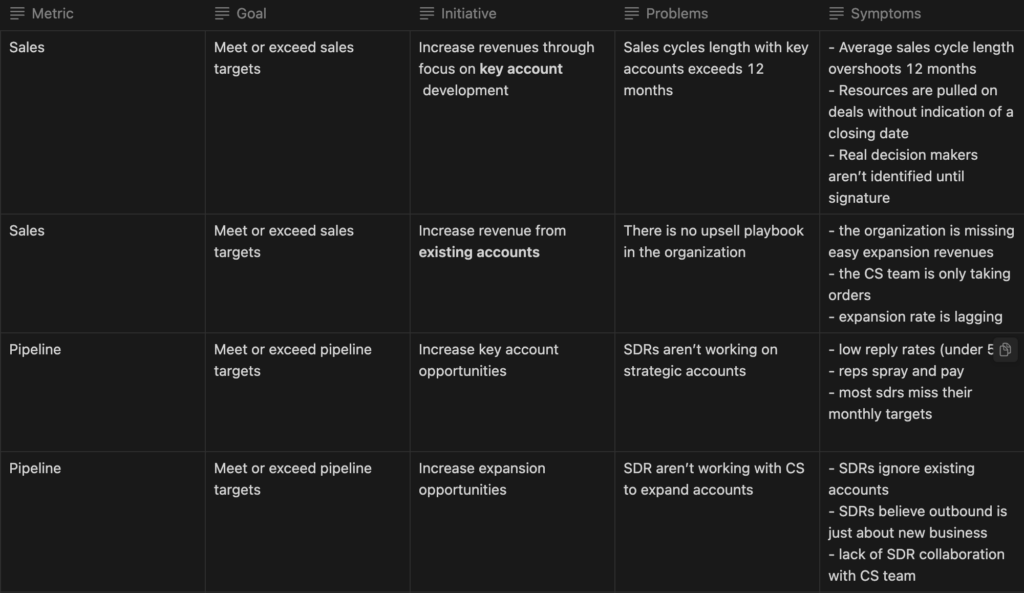It’s Q4, now what?
In today’s issue, I’ll share what you can do to make Q4 your best quarter of 2025. Q4 is go-time in sales. This is the time when everyone is back from their summer holidays (even people without kids), remaining budgets have to be spent, and 2026 budgets are being decided now.
But most salespeople take it easy in October. They think they have 3 months left to make their targets, but they don’t realize we only have 60 business days to go. And forget doing anything but chasing deals between Christmas and New Year.
That’s why I’m going to share a simple 3-step process I’m putting in place to close $450,000 in Q4 (so you can copy it):
Step 1: Do an ambition check
The first step to reaching your goal is to do an ambition check. It’s the exact opposite of a reality check. Instead of focusing on all the things that can go wrong, all the limits, all the delays, you focus on setting a big, bold, ambitious goal.
For me the ambitious goal is to close $450,000 in Q4. I’ve never done that since working for myself, but the traction I get as a sales creator agent makes me believe it’s possible (it will be hard, but I can do it).
Step 2: Write down weekly goals
I have recently started writing down weekly goals and the results have been impressive. I had the goal of selling $30,000 in September, and I ended up closing $61,279.
This all comes down to writing goals every week. I don’t know exactly what’s at play here, but it wired my brain to relentlessly hunt for opportunities, versus letting business come my way for the last 2 years.
And I insist on writing goals with a pen on a paper. Having a goal in your CRM isn’t enough.
I’d also encourage you to account for the Holiday season. It’s quite hard to close anything between Christmas and New Year and there’s a big gap for Thanksgiving too.
For me, the goal is to close $40,000 every week. If you multiply by the 14 weeks remaining as I’m writing this newsletter, I could reach $560,000. This gives a good margin if my month of December is slow.
Step 3: Save 30 min to prospect every day
Finally, all this planning is worth nothing without action. If you’ve been reading me for a while, you know I love my prospecting routine. I start every single weekday with:
- follow up with prospects in active sequences
- find 5 to 10 new prospects to contact
- add them to the sequence
All this takes 30 minutes or less per day, and it’s the healthiest habit you can develop when working in sales. And let me be clear. Prospecting doesn’t mean going for long shots and CEOs of Fortune 500 companies. It’s about contacting people you already know, old customers, partners, friends, etc.
Your goal should be to start conversations so you can understand if the person in front of you has a problem you can solve, or knows of anyone who has that problem.
And these are the 3 steps you can follow to make Q4 your best quarter of 2025. Set ambitious goals, break them down into weekly goals, and prospecting every day for 30 min.
Hope this helps.
Cheers,
Thibaut Souyris
And whenever you are ready, here are 2 ways I can help you:
→ Are you a brand trying to launch your first influence campaign? Book a strategy call and I’ll tell you everything I know.
→ Want to work with one the creators I represent? Go check the list and reply to this email if you want to know more.
Subscribe to the Newsletter
Get my free, 4 min weekly newsletter. Used by 5.400+ salespeople to book more meetings and work when, where, and how they want.
Subscribe to the Newsletter
Get my free, 4 min weekly newsletter. Used by 5.400+ salespeople to book more meetings and work when, where, and how they want.
